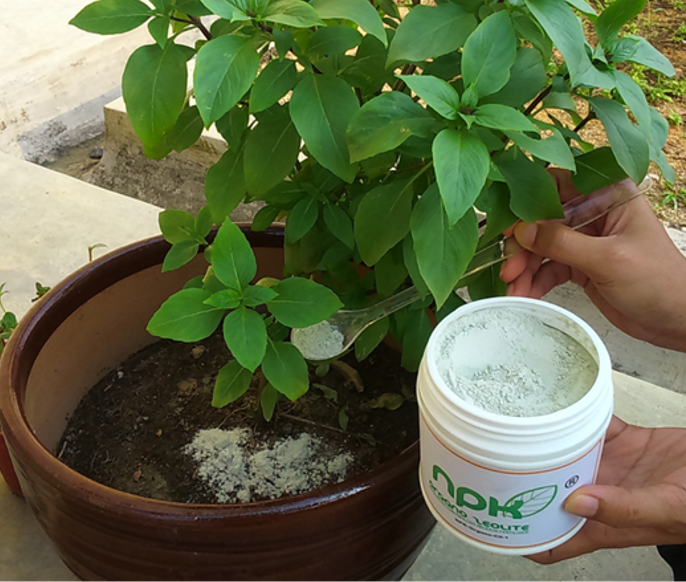RESEARCH
FACTS AND FIGURES
*data as of 28 November 2023
PRINCIPAL INVESTIGATOR
INDEXED JOURNALS
NON-INDEXED JOURNALS
BOOK CHAPTER
CONFERENCE PAPER
OUR SIGNATURE RESEARCH

Polymer Inclusion Membrane Sampling Probe for Solvent-Less Electric Field Driven Extraction
Polymer inclusion membranes (PIMs) are a type of liquid membranes which can be used for the extraction and separation of both metallic and non-metallic species. They have shown great potential in the chemical analysis of environmental aqueous samples since they can improve not only its sensitivity but also its selectivity. PIMs are composed of a base polymer and a membrane liquid phase. The base polymer provides mechanical strength to the liquid membrane by encapsulating the liquid phase between the entangled chains of the base polymer. The liquid phase consists of an extractant, used for binding the target analyte to produce an adduct such as an ion pair or a complex, in a similar fashion as in solvent extraction. Even though many extractants have plasticizing properties, the addition of a plasticizer or a modifier to the membrane liquid phase is done frequently to increase the membrane flexibility or solubility of the extracted adduct in the membrane, respectively.
By: Assoc. Prof. ChM. Dr. See Hong Heng

Advanced Controlled Release Fertilizer
NPK-Organo-Zeolite is an innovative advanced controlled release fertilizer. NPK-Organo-Zeolite is a fertilizer contains complete major nutrients (N, P and K) and the release of these nutrients can be controlled. Unlike other fertilizers such as NPK chemical fertilizers, organic fertilizer, compost, urea etc., the nutrients released from NPK-Organo-Zeolite are much slower and the leaching of nutrients is avoided. Several main important features of NPK-Organo-Zeolite: (1) complete major nutrients in a zeolite, (2) slower released of nutrients that can prevent nutrients leaching thus promoting sustainable agriculture and (3) higher plant yield with low amount of fertilizer needed. Furthermore, NPK-Organo-Zeolite® could possibly be regenerated to raw zeolite and use again repeatedly.
By: Assoc. Prof. Ts. ChM. Dr. Nik Ahmad Nizam Nik Malek

Quantum Computing using Electron Spin Resonance and Superconducting Qubits
A quantum computer has the ability to perform quantum chemistry simulations at unprecedented speeds and accuracy. This has crucial implications related to many fields such as:
- Significantly faster computing translates to exponentially less energy compared to classical supercomputers (hours as compared to years).
- Better and faster artificial intelligence and optimization applications.
- Simulation of new chemical/catalyst such as for:
- Production of ammonia to reduce high cost of ammonia production.
- Discovery of new materials for better batteries
- New efficient chemicals for “scrubbing” CO2 from the atmosphere.
- Simulation of new chemical with identified beneficial traits can lead to faster and cheaper drug discovery
By: Dr. Yap Yung Szen

Designing Non-linear Optic Materials using Computational Chemistry
Computational chemistry uses theoretical chemistry that incorporates into an efficient computer program to calculate and optimize the structure of the molecule. The chemical and physical properties that can be generated from the simulation are such as relative energy, charge distribution, dipole moment, vibrational frequency, polarizability, reactivity, and spectroscopic characterization has crucial implications related to many fields such as:
- Designing materials for non- linear optic, drug, and catalyst application.
- Predict reactivity of the molecule that can contribute to the mechanism of the reaction.
- Preliminary study in designing and synthesis materials that can lead to less time and energy.
- Supporting experimental results and providing information on the structure derivatives for future development of the materials.
By: Dr. Fazira Ilyana Abdul Razak
Copyright © 2023 | Centre for Sustainable Nanomaterials
